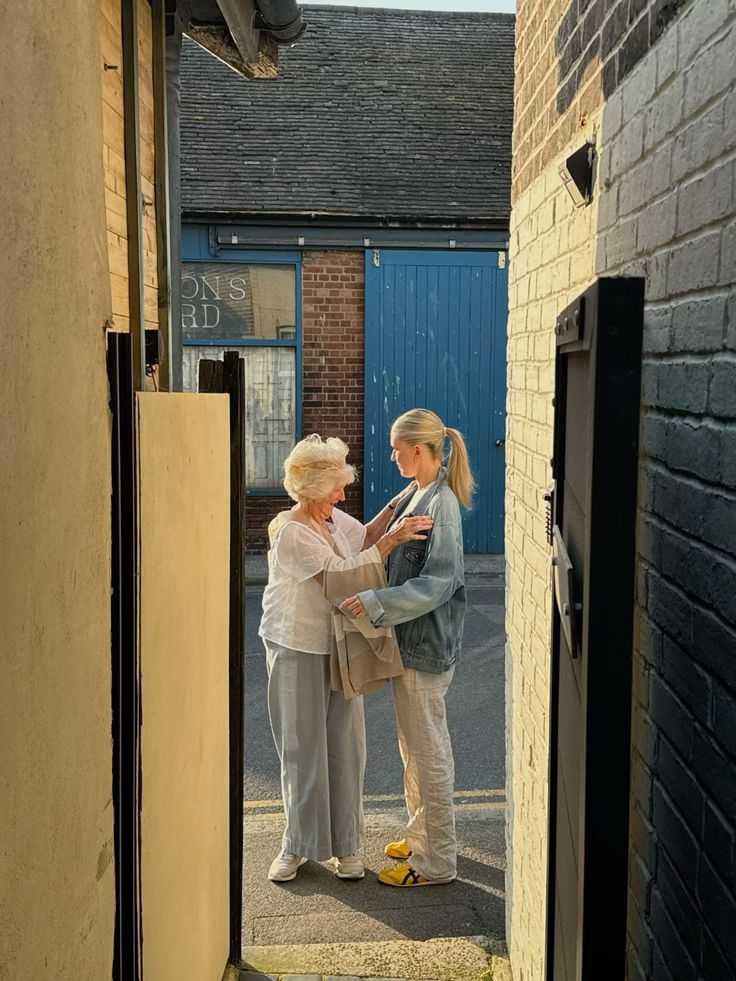In a time when Title IX will possibly be redefined by lawmakers to exclude transgender individuals, the seminar new series surrounding trans and intersex issues is a breath of fresh air.
The series addresses trans issues in all different fields, but we’re specifically going to talk about “Intersex and Trans Invention of Gender.” Supported by the Rock Ethics Institute and the Bioethics program as well as the Women and Gender Studies department, the talk detailed the timeline that the concept of gender has evolved from over the years.
Before even speaking, the leaders of the program remarked that the fact that we can have a speaker series around this topic of gender is revolutionary, and something that wouldn’t have been possible just a few years ago. The primary speaker, researcher and professor at the University of Pittsburgh Julian Gill-Peterson took a unique perspective on gender, focusing on the development of transgender children’s identity.
Gill-Peterson framed their talk with questions such as, “Why are children expected to grow up to become women and men?” It seems like to become an adult in our society, people must become a gender. So, Gill-Peterson talked about where this belief came from and how exactly it originated.
The concept of gender itself grew from a conservative medical concept but was coined as an actual term in the mid-1950s. Childhood was identified as the most elastic part of human life in terms of gender. Doctors refusing to give trans-children access to care for multiple years was the norm. Gill-Peterson gave detailed accounts from children in the 1960s to the 1970s, which humanized the time and the experiences these children endured. These children showed resilience in the face of turmoil.
Gill-Peterson maintained that affirmative models of care should be introduced to all pediatric hospitals in today’s world, meaning departments should focus on trans kids’ needs, and model their care after those needs rather than attempting to craft a one-size-fits-all treatment.
Gill-Peterson wrapped up the lecture by offering that history gives us reason to think more expansively about intersex and trans-inclusion in both law and medical terms. They didn’t question or debunk the history they presented, instead, they told the audience there is sometimes value in simply taking in the history and realizing that this is where we came from as a society.
This may be a specific niche of research and even a specific way of thought, but it is worth looking back to where we came from and the mistakes that were made. Of course, the hope is that we won’t make the same mistakes in the future.





